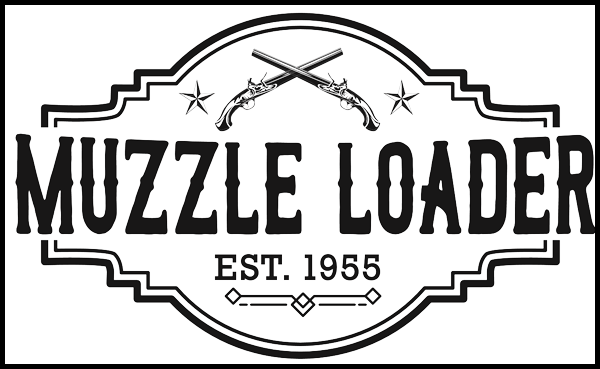Montana
Montana’s income tax system is about to undergo significant changes

Helena, Montana – The income tax structure in Montana is going to undergo significant changes as the new year draws near.
The most important changes to the state income tax structure were authorized by the Montana Legislature back in 2021, and they are scheduled to go into effect at the beginning of 2024. When you file your income tax return in the upcoming months, you won’t notice the changes; but, the following year, you will notice them.
Sen. Greg Hertz, a Republican from Polk County, is the sponsor of Senate Bill 399, which enacts numerous reforms about who must file income tax returns, how they must file, and the rates they must pay. The law’s supporters said that the state’s income taxes would be made simpler.
Based on income levels, Montana currently has seven tax bands, each with a separate tax rate ranging from 1% on the lowest to 6.75% on the highest. That will be cut to two brackets under the new law, with a 5.9% higher rate and a 4.7% lower rate. The higher rate will be applied to income over $20,500 for single taxpayers and married couples filing separately, over $30,750 for heads of household, and over $41,000 for married taxpayers filing jointly and qualified surviving spouses, according to the Montana Department of Revenue.
Taxpayers will be required to use the same filing status on both their federal and state filings under SB 399. Most importantly, if married couples file jointly on the federal return, they will not be able to file separately for Montana.
Furthermore, due to the increased federal standard deduction, thousands more Montanans with lesser incomes will not be required to pay any state income taxes as the state’s taxable income would now be linked to the federal taxable income.
In addition, certain tax advantages and deductions were repealed by SB 399. Many of those adjustments have already been put into practice.
Hertz stated in 2021 that he had intended for Congress to put off the whole overhaul until later to ensure that it complied with federal regulations prohibiting states from utilizing funds from the American Rescue Plan Act to lower taxes.
According to a 2021 estimate, SB 399 would probably have a mixed effect on taxpayers, with a mix of households in each income bracket paying more and less in taxes.
The higher tax rate was originally set at 6.5% when the bill was passed, but it was cut to 5.9% when Senate Bill 121 was approved by lawmakers in the 2023 legislative session.
Once more, the tax laws for 2023 will apply to income tax returns that are due in April. When you file in April 2025, the new regulations will be applicable.






Leave a Reply